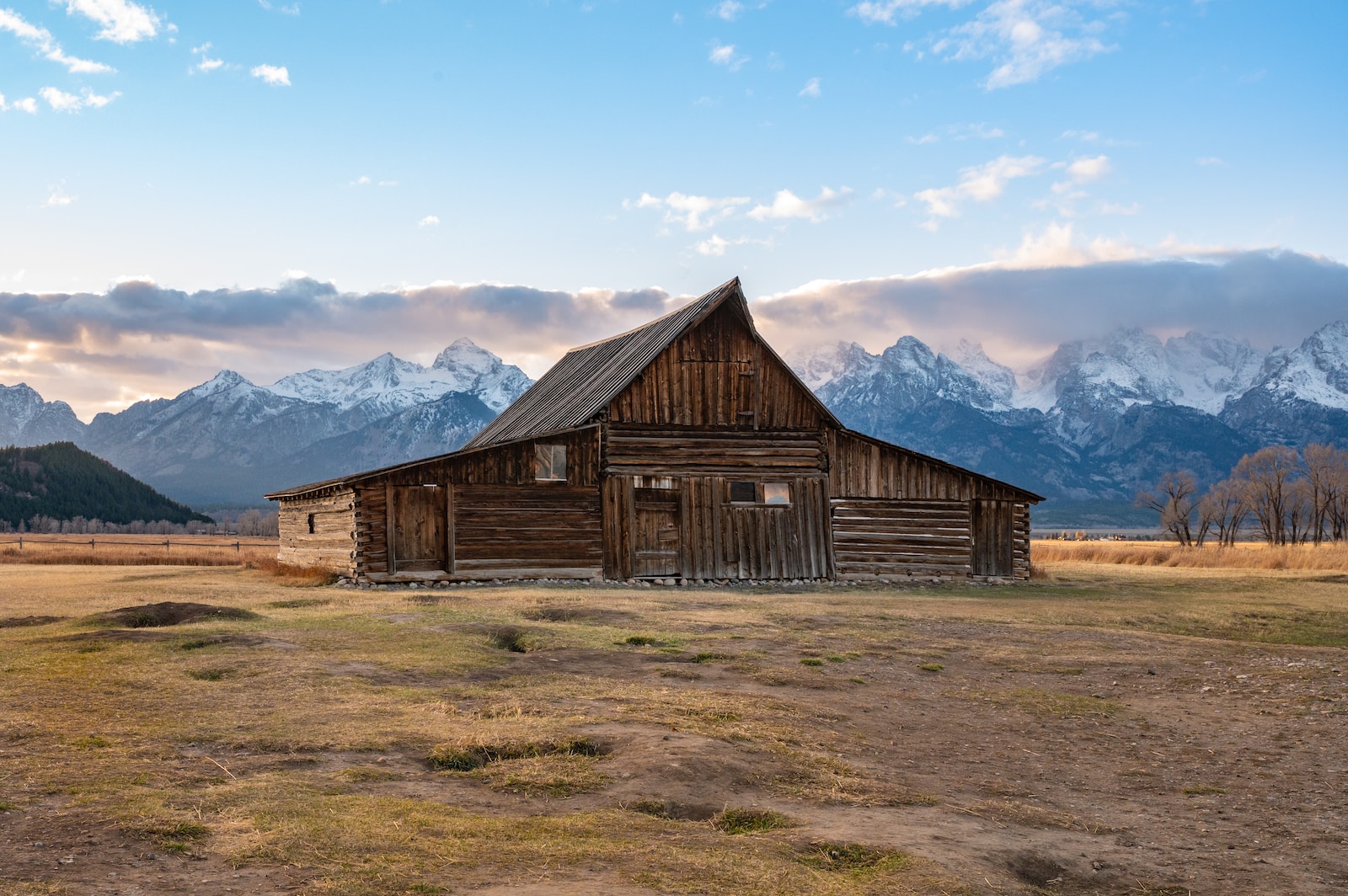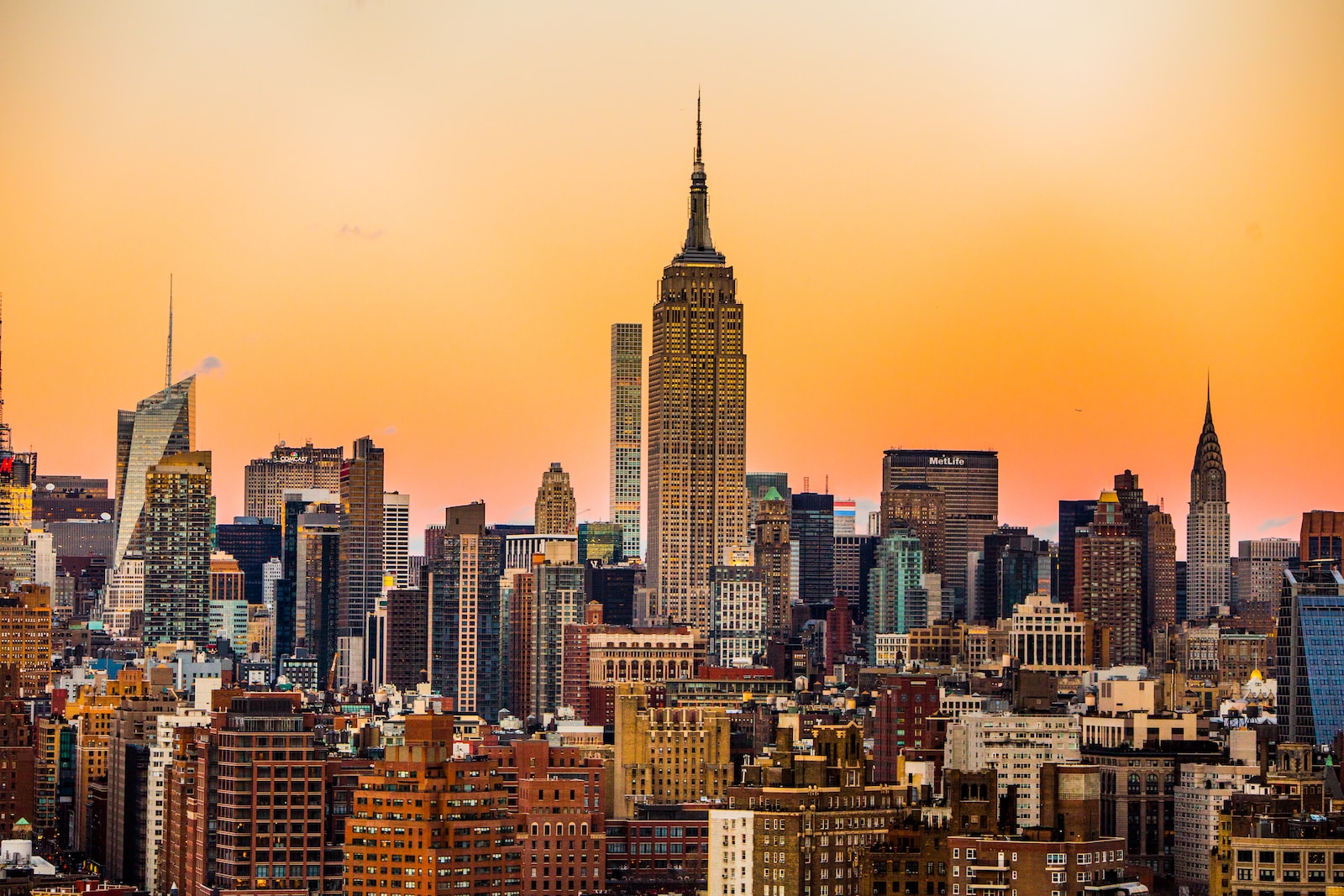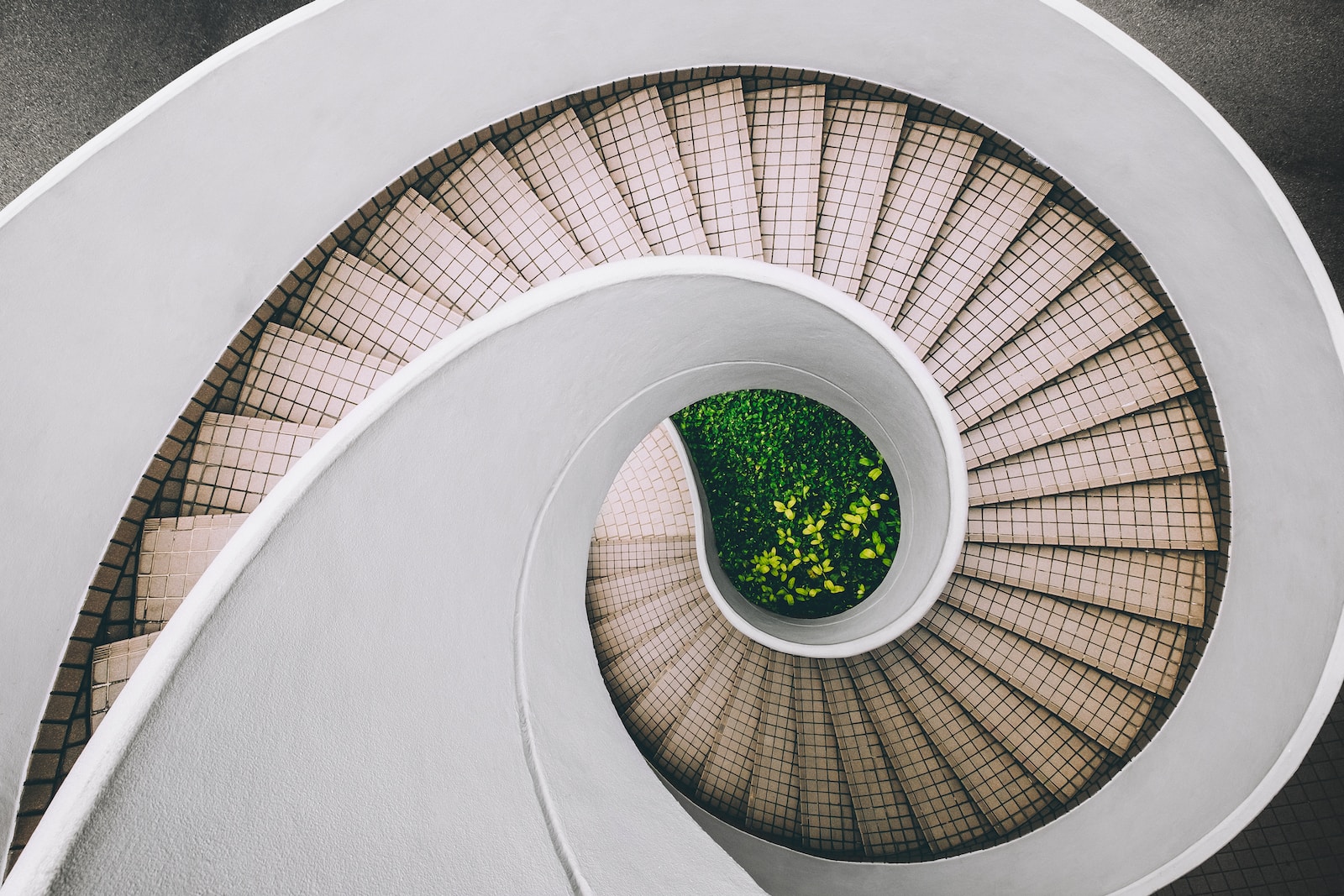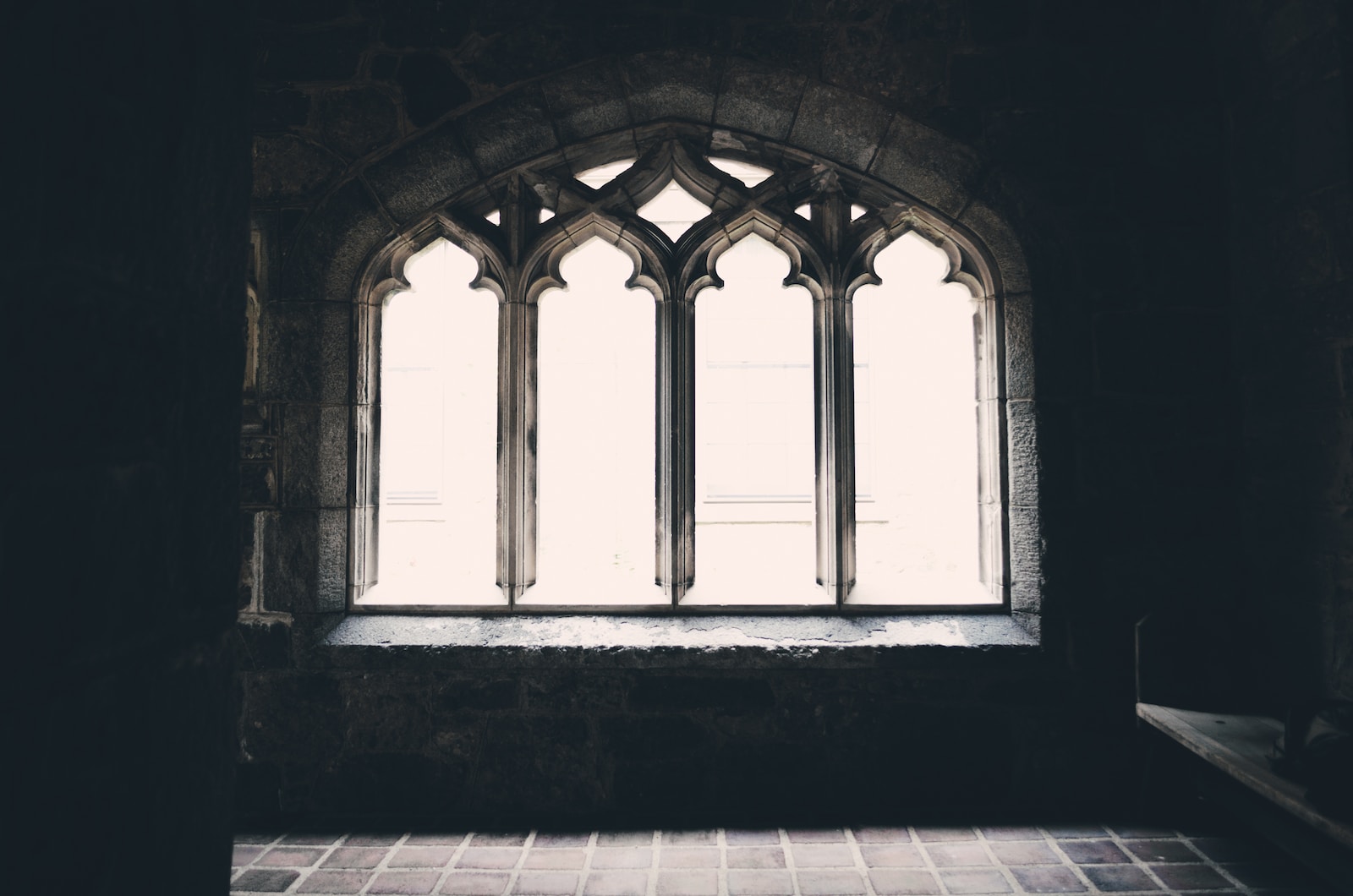Step into the captivating world of rural charm as we explore the art of capturing barns in your photography. In this blog post, we will delve into the enchanting beauty of rustic barns, offering guidance on how to effectively capture their unique character and story. From diverse landscapes to unpredictable weather conditions, join us as we uncover the secrets to capturing the essence of these timeless structures through engaging imagery. Get ready to be inspired and take your barn photography to the next level!
Table of Contents
- Exploring the Rustic Charm of Barn Photography
- The Art of Barn Photography: Essential Equipment for Capturing Rustic Charm
- Best Time to Capture the Rustic Charm of Barns
- Frequently Asked Questions
- 1. How do I capture the rustic charm of barns in my photography?
- 2. What are some tips for photographing barns in diverse landscapes?
- 3. How can I make my barn photography stand out?
- 4. What should I consider when photographing barns in different weather conditions?
- 5. How can I tell a compelling story through my barn photography?
- Wrap Up:
Exploring the Rustic Charm of Barn Photography
When it comes to capturing the essence of rural landscapes, barns are the epitome of rustic charm. With their weathered wood, unique architectural features, and picturesque settings, barns make for stunning subjects in photography. In this blog post, we will delve into the art of capturing barns through the lens, highlighting key techniques and interesting features that can make your photographs stand out.
Finding the Perfect Barn
Before you embark on your barn photography journey, it’s important to find the right location. Seek out areas with a rich agricultural history, where barns are abundant. Look for barns that showcase unique architectural elements, such as charming cupolas, rustic wooden doors, or weather vane. These distinctive features add character and depth to your photographs, making them visually captivating.
Additionally, consider the landscape surrounding the barn. Look for barns nestled against rolling hills, surrounded by fields of golden wheat or vibrant wildflowers. The juxtaposition of the barn against the natural beauty of the landscape creates a visually striking composition.
Storytelling through Composition
Photographing barns is not just about capturing a building; it’s about telling a story. Use composition techniques to create a narrative and evoke emotions in your viewers. One effective technique is to incorporate leading lines into your photograph. Utilize elements such as fences, paths, or rows of crops to guide the viewer’s eyes towards the barn, creating a sense of depth and perspective.
Furthermore, consider the rule of thirds in your composition. Place the barn off-center, either to the left or right, to create a visually interesting image. This technique adds balance to your photograph and draws attention to the unique features of the barn.
Another way to enhance storytelling in barn photography is by capturing the barn in different weather conditions. Whether it’s a stormy sky casting dramatic shadows on the barn or a serene sunset illuminating its rustic beauty, the weather can add an extra layer of depth and mood to your photographs. Be patient and wait for the perfect moment to capture the barn in its most atmospheric state.
Lastly, consider photographing barns at different times of the day. The soft, warm light during the golden hour (the hour after sunrise or before sunset) can transform a simple barn into a magical scene. Experiment with different lighting conditions to add variety to your barn photography portfolio.
In conclusion, barns possess a rustic charm that is irresistible to photographers. By finding the perfect barn and utilizing composition techniques to tell a story, you can capture the essence of rural landscapes and create stunning photographs. Remember to explore various weather conditions and lighting opportunities to add depth and mood to your images. So grab your camera, venture into the countryside, and let the rustic charm of barns inspire your photography!
Did you know that barns were originally painted red because early farmers discovered that the red paint helped to preserve the wood? Today, red barns have become iconic symbols of rural charm and are popular subjects in photography.
The Art of Barn Photography: Essential Equipment for Capturing Rustic Charm
When it comes to photographing barns, having the right equipment is essential to capture the essence of their rustic charm. Whether you are an amateur photographer or a professional seeking to expand your portfolio, understanding the best camera, lenses, and other equipment options is crucial for achieving stunning results. Let’s dive into the essential tools for barn photography and explore their unique benefits.
Camera Options: Full-Frame or Crop Sensor
When choosing a camera for barn photography, you have the option of using either a full-frame or crop sensor camera. Both options have their advantages and can produce excellent results, so it ultimately depends on your personal preference and shooting style.
A full-frame camera offers a larger sensor size, which allows for better low-light performance and greater dynamic range. This means you can capture more details in shadows and highlights, resulting in more vibrant and lifelike images. Full-frame cameras also tend to have higher resolution, allowing for greater flexibility in post-processing and printing large-sized prints.
On the other hand, crop sensor cameras are more affordable and often lighter, making them a popular choice for photographers on a budget or those who prioritize portability. While they may not offer the same level of dynamic range and low-light performance as full-frame cameras, crop sensor cameras excel in capturing distant subjects, thanks to their “crop factor” that effectively increases the focal length of lenses.
Versatile Lenses: Wide-Angle and Telephoto
When photographing barns, having a versatile lens kit can greatly enhance your creative possibilities. Two must-have lenses for barn photography are wide-angle lenses and telephoto lenses.
A wide-angle lens, typically ranging from 14mm to 35mm, allows you to capture the entire barn along with its surrounding environment. This lens is perfect for telling a broader story and emphasizing the barn’s connection to the landscape. It also enables you to showcase the unique architectural details and textures that make each barn distinct.
On the other hand, a telephoto lens, typically ranging from 70mm to 200mm or more, allows you to focus on the intricate details of the barn from a distance. This lens is ideal for capturing close-up shots of weathered wood, rusty rooftops, or any captivating patterns you discover on the barn’s surface. It also enables you to isolate specific elements of the barn, creating intimate and impactful compositions.
By combining the effective use of both wide-angle and telephoto lenses, you can capture a range of perspectives that truly showcase the rustic charm and unique features of each barn you encounter.
Aside from camera and lenses, consider other equipment like a sturdy tripod to ensure stability, especially when shooting in low-light conditions or when you want to capture long exposures. Additionally, a circular polarizing filter can help reduce glare and enhance colors, making your barn photographs appear more vibrant and captivating.
Remember, while these recommendations provide a starting point for your barn photography gear, the most important factor is to have a deep understanding of your equipment and how to utilize it effectively. Experimentation and practice will lead you to develop your unique style and create photographs that truly capture the rustic charm of these beautiful structures.
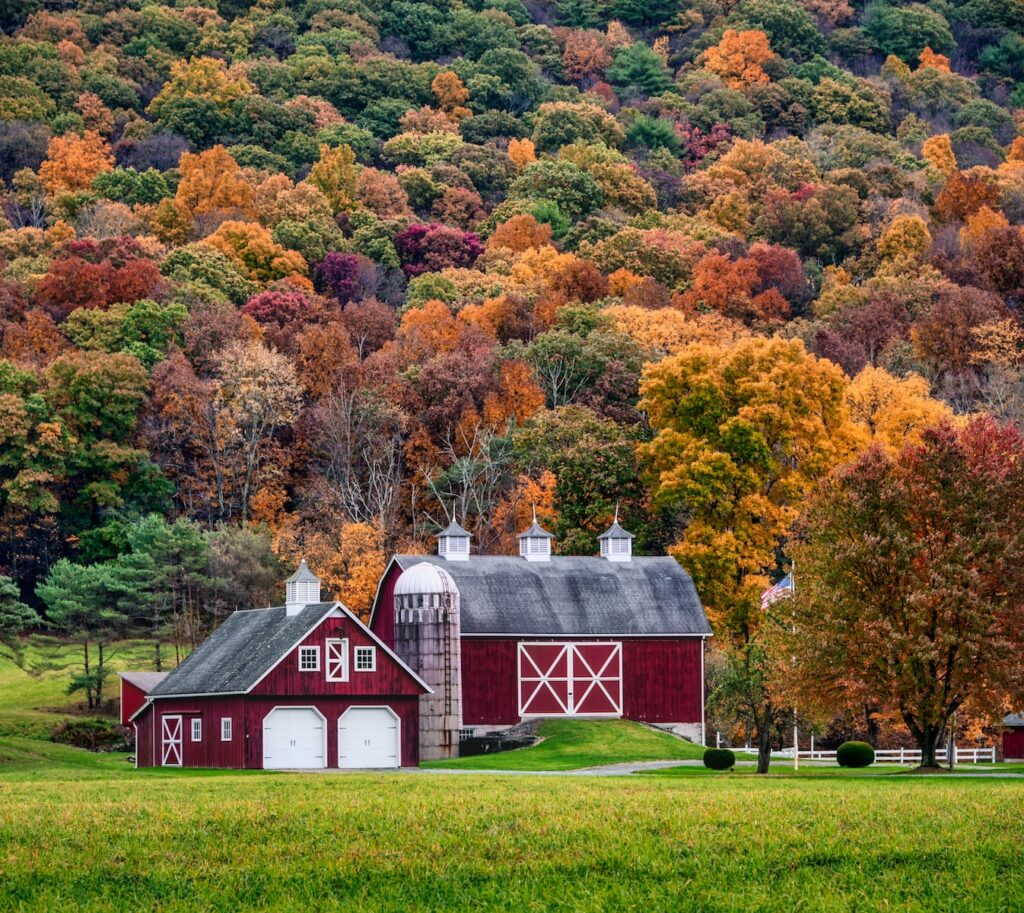
Best Time to Capture the Rustic Charm of Barns
When it comes to photographing barns, timing plays a crucial role in capturing their rustic charm. The best time to visit and photograph barns depends on various factors, including weather conditions, lighting, and the overall atmosphere you want to create in your images.
Capturing the Warmth of Summer
During summer, barns are usually surrounded by lush green fields and vibrant flowers, offering a picturesque backdrop for your photographs. The longer daylight hours provide ample opportunities to experiment with different angles and compositions.
One suggestion for the summer months is to visit barns early in the morning or late in the evening to take advantage of the warm golden hour light. This soft, flattering light enhances the rustic textures of the barns and casts beautiful shadows, adding depth and dimension to your images.
Another option is to visit barns on sunny days after a rainfall. The raindrops on the barn’s exterior can create a captivating effect, adding an extra layer of interest to your photos.
Embracing the Colors of Fall
Autumn, with its vibrant foliage and golden hues, provides a stunning backdrop for barn photography. The changing leaves create a magical atmosphere, enhancing the rustic charm of barns.
During fall, consider photographing barns during the early morning or late afternoon when the warm light accentuates the autumnal colors. This soft, warm light adds a touch of nostalgia and brings out the richness of the barn’s surroundings.
Another option for fall barn photography is capturing barns against a backdrop of fog or mist. This atmospheric condition adds an ethereal and mysterious feel to your images, amplifying the rustic charm.
Winter Wonders and Snowy Scenes
Winter offers a unique and enchanting opportunity to capture barns in a blanket of snow. The contrasting white snow against the weathered wood of the barn creates a striking visual impact.
When photographing barns in winter, consider shooting shortly after a snowfall when the snow is fresh and undisturbed. The clean, white canvas enhances the rustic elements of the barn and creates a peaceful and serene atmosphere.
Alternatively, capturing barns during a winter storm can yield dramatic and captivating images. The snowflakes falling around the barn create a sense of motion, adding dynamism to your composition.
Whatever season you choose for your barn photography, exploring different vantage points and perspectives can elevate your images.
Experiment with shooting from low angles to emphasize the size and grandeur of the barn, or try incorporating the surrounding landscape to tell a story. Don’t be afraid to get up close and focus on the intricate details, such as the weathered textures, peeling paint, or unique architectural elements.
By understanding the various seasons’ unique characteristics and considering different shooting options, you can capture the rustic charm of barns in your photography all year round.
A helpful tip when photographing barns is to play with the angle of your shot. Capture the barn from different positions such as low to emphasize its size or high to showcase the surrounding landscape. Experimenting with angles will help you find unique perspectives that add depth and interest to your photos.
Frequently Asked Questions
1. How do I capture the rustic charm of barns in my photography?
To capture the rustic charm of barns in your photography, focus on showcasing the unique elements and textures of the barn. Pay attention to the weathered wood, peeling paint, and other rustic details that tell a story of the barn’s history. Incorporate the surrounding landscape to provide context and enhance the overall aesthetic.
2. What are some tips for photographing barns in diverse landscapes?
When photographing barns in diverse landscapes, consider the composition and framing. Use leading lines or natural elements like trees or fences to guide the viewer’s attention towards the barn. Experiment with different angles and perspectives to highlight the barn’s relationship with its surroundings.
3. How can I make my barn photography stand out?
To make your barn photography stand out, strive for unique and interesting perspectives. Explore different times of the day to take advantage of dramatic lighting conditions, such as sunrise or sunset. Experiment with different photographic techniques, such as long exposure or black and white conversions, to add a creative touch to your images.
4. What should I consider when photographing barns in different weather conditions?
When photographing barns in different weather conditions, adapt your techniques accordingly. In sunny conditions, pay attention to harsh shadows and adjust your exposure settings accordingly. In overcast or rainy weather, take advantage of the soft, diffused lighting to capture moody and atmospheric shots.
5. How can I tell a compelling story through my barn photography?
To tell a compelling story through your barn photography, think beyond just capturing the barn itself. Pay attention to the surrounding environment, including the landscape, people, animals, or other objects that can add depth and narrative to your images. Look for moments that evoke emotion or curiosity, and use storytelling techniques such as leading lines or juxtaposition to enhance the narrative.
Wrap Up:
In conclusion, capturing the rustic charm of barns in your photography is not only a creative endeavor but also a way to preserve the beauty of rural landscapes. By following the guidance we’ve shared here, you’ll be able to tell compelling visual stories that capture the essence of these timeless structures. Remember to keep exploring different landscapes and weather conditions to add variety to your barn photography portfolio.
Now it’s your turn! Have you tried photographing barns before? What challenges did you face, and what tips do you have for capturing their rustic charm? Share your thoughts and experiences in the comments below. We can’t wait to hear from you!
